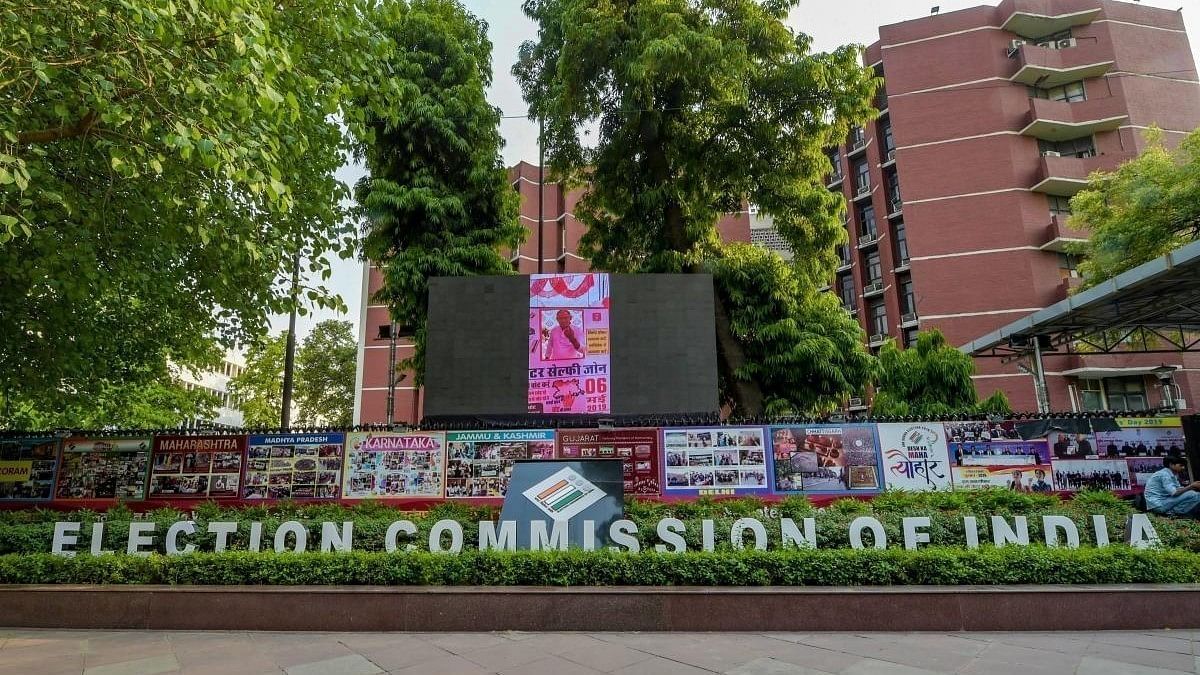
The Election Commission of India.
Credit: PTI Photo
New Delhi: Picking machines from any polling station in an assembly segment and opting for a mock poll and mock VVPAT slip count are among a number of choices given by the Election Commission to candidates, who have sought checking of EVMs for tampering post Lok Sabha and assembly results.
The candidates who came number two and three have been given a vast number of random tests to choose from, the Technical Standard Operating Procedure (T-SOP) for the Supreme Court-mandated exercise publicised by the Election Commission on Tuesday.
The EC said t has decided to provide "full suite of choices" to stakeholders in creation of test set ups and conduct of tests to eliminate any possibility or apprehension of any bias or hidden functionality in the firmware by showing intended outcomes under all circumstances.
Eight candidates, who lost the election and came either second or third, had sought verification of tampering or modification in micro-controller chips embedded in the EVMs post declaration of the Lok Sabha and Assembly election results on June 4.
According to the T-SOP, eligible candidates are empowered to give choices of polling stations or serial numbers of machines from within the assembly constituency, subject to a maximum of 5 per cent EVMs used in that seat to undergo the check and verification process.
"This will ensure the EVMs are picked up from across the constituency as per choice of the applicant without the involvement of a third party or officials in selecting or leaving out any particular EVM," it said.
The candidate has also been given the choice to mix and match EVM units from any polling station for check and verification. If any candidate selects any specific unit -- ballot unit, control unit or VVPAT -- of a particular polling station, she is not bound to choose other units of the same set used at that polling station.
Instead, the applicant candidate can mix and match and give his choice of other units from remaining polled units used at other polling stations in the assembly constituency to make a set.
All EVM units will also undergo self-diagnosis, the T-SOP said adding, several electrical parameters will be checked, including the fidelity of the burnt memory and only self-diagnosed units will thereafter go for further check and verification.
It also said the selected EVM units shall undergo self-diagnosis followed by mutual authentication of each other. Successful mutual authentication takes place only between genuine EVM units and the result of the self-diagnosis of connected units is displayed on the control unit.
"The mutual authentication process ensures that spurious or unauthorised units do not get connected with ECI-EVMs at any stage," it said.
The applicant candidate is also given the freedom to choose any sequence or pattern to cast any number of votes for mock poll, subject to the maximum limit of 1400 votes.
